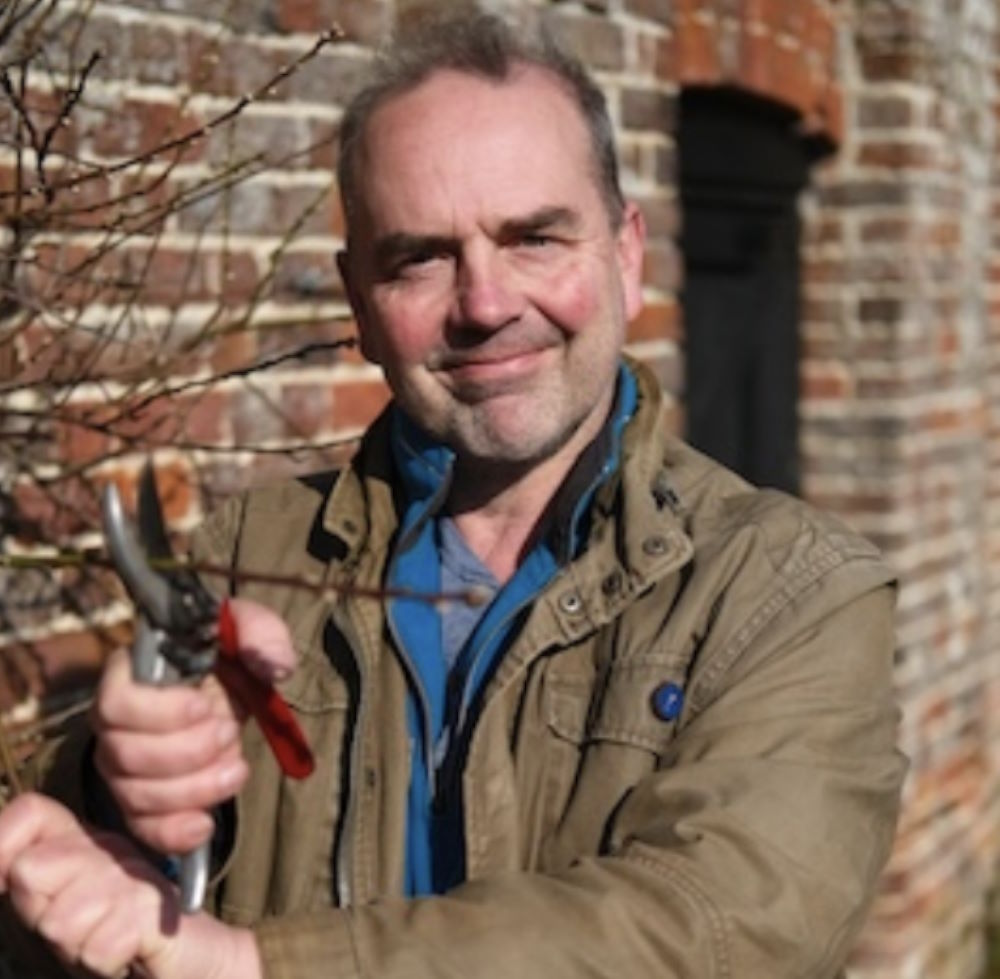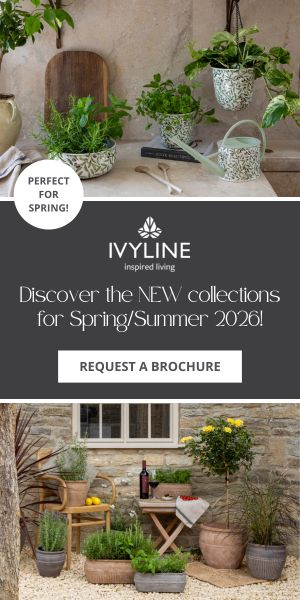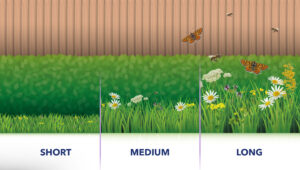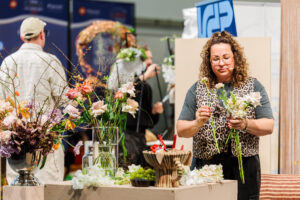Garden Centre Buyer caught up with author and horticulturist, Simon Akeroyd, at the Raisin stand, at BBC Gardeners’ World Live, where he is stationed opposite the show gardens outdoors. Simon is there to share handy gardening tips and we were keen to discover his solutions to our current gardening conundrums.
We have a box hedge about two feet high and we’re wondering how radically it can be cut back without doing damage?
“When trimming a box hedge as part of your usual annual maintenance in late spring, you usually look to just cut back the new growth from the year before. However, if you wish to cut harder to reduce the height, the box usually responds well and bounces back. Trying to reduce the height to about half. Do the pruning in late spring after the risk of frost is over.
“However, do be aware that box is susceptible in many areas of the country to box blight and box tree moth, both of which can kill the plants. If you are unlucky to get hit by either of these two problems, you might want to consider alternative evergreen plants such as Japanese holly, Hedge germander, hebe, yew, rosemary or privet.”
We also have vegetables that are growing like mad because they’re in very nitrogen rich soil. However, I’m wondering if this will impact their ability to grow good produce and if we need to be adding something else to the soil to encourage this.
“Generally, nitrogen rich soil encourages lots of green, leafy growth, but not so good at encouraging plants to crop and produce flowers, fruit and vegetables. For this you need a feed with more potassium in it, such as a tomato feed.”
What is the best thing to feed blooming roses with and how often?
“Although there are specifically formulated rose feeds available to buy, which will have all the key nutrients required to encourage good flowering, I prefer to make my own liquid feed using comfrey, which is rich in potassium and encourages flowering.
“I water around the base of plants with my comfrey feed once a week once the first buds appear, and continue until they finish flowering. In addition, you can also use a general purpose fertiliser or fish, blood and bone once in mid spring to promote healthy growth.
What are the best companion plants for potatoes, peas and beans?
“You could try growing marigolds or nasturtiums nearby, which will not only look pretty but can help keep pests off your crops. Planting peas and beans near potatoes will provide the latter with additional nitrogen from their roots.
“Also, try shallow rooting vegetables nearby, such as thyme, basil or salad leaves, as these won’t take many of the nutrients away from the potatoes, which will be growing deeper in the soil.”
In Simon’s latest endeavour he has teamed up with savings platform Raisin, off the back of their Grow Your Savings campaign. The campaign uncovers the similarities between the nation’s savings and gardening habits. He is doing an exclusive signing of his latest book and Sunday Times Bestseller, Grow Your Groceries, at 2.30pm everyday on the Raisin stand.












